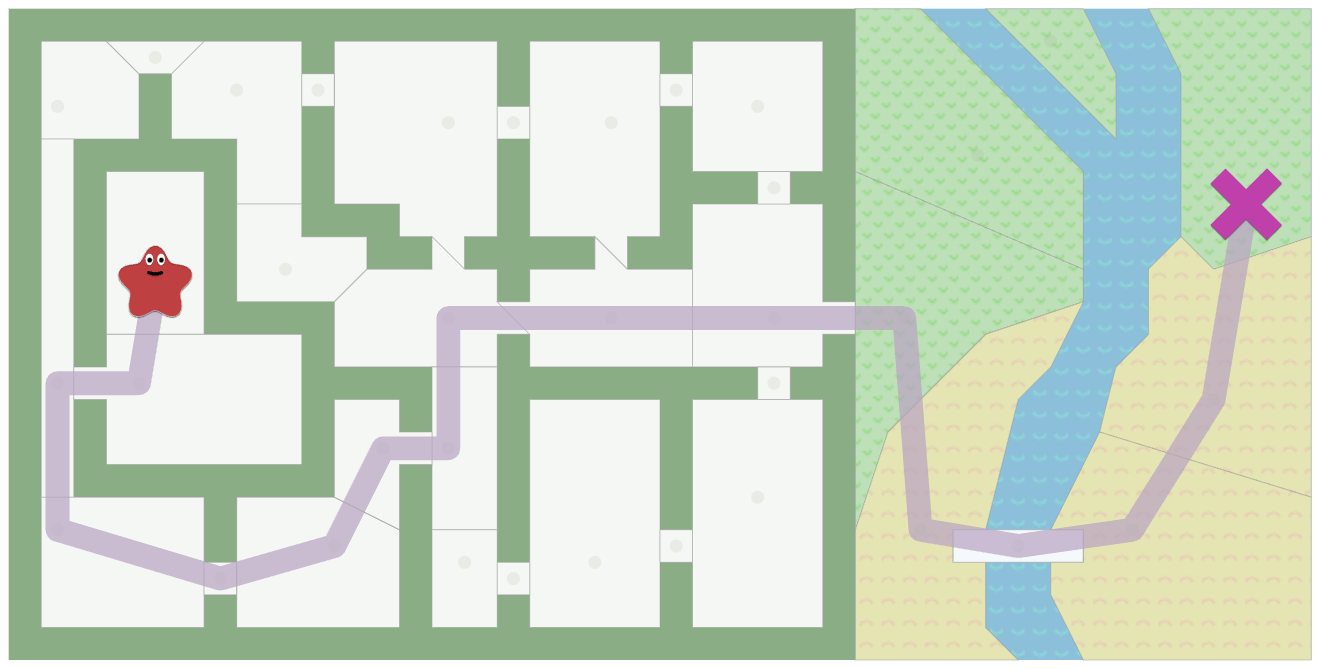Make 2025 your Best Year with Generative AI Bootcamp
AI is reshaping the world— and you need to master it before it masters you!
✅A month long power-packed bootcamp covering AI tools, mastering prompts, and revealing hacks, strategies, and secrets of the top 1%.
✅Learn to monetize your AI skills.
Confirm your seat now
Or join the waitlist where you can get a huge waiver if selected !!
Welcome to the latest edition of Business Analytics Review!
In this issue, we delve into the A Search Algorithm*, a cornerstone in computer science for pathfinding and graph traversal. Renowned for its efficiency and accuracy, the A* algorithm is widely used in various applications, from robotics to video games.
Understanding the A Search Algorithm*
The A* (pronounced "A-star") algorithm is designed to find the shortest path between a start node and a goal node in a weighted graph. It combines features of Dijkstra's Algorithm and Greedy Best-First Search to efficiently compute optimal paths. The algorithm evaluates nodes by combining the cost to reach the node and a heuristic estimate of the cost to reach the goal from that node.
Key Components
g(n): The exact cost of the path from the start node to node 'n'.
h(n): The heuristic estimated cost from node 'n' to the goal node.
f(n): The total estimated cost of the path through node 'n' (i.e., f(n) = g(n) + h(n)).
How It Works
Initialization: Start by adding the initial node to the open list.
Loop:
Select the node with the lowest f(n) from the open list.
If this node is the goal, reconstruct the path and terminate.
Otherwise, move it to the closed list and evaluate its neighbors.
For each neighbor, calculate g(n), h(n), and f(n).
If a better path is found, update the neighbor's cost and set its parent to the current node.
Repeat: Continue the process until the goal is reached or the open list is empty.
Heuristics in A*
The choice of heuristic function h(n) significantly impacts the algorithm's performance. Common heuristics include:
Manhattan Distance: Suitable for grid-based paths allowing only horizontal and vertical movements.
Euclidean Distance: Ideal for scenarios where diagonal movements are permitted.
An effective heuristic is both admissible (never overestimates the true cost) and consistent (satisfies the triangle inequality).
Recommended Reads on A Search Algorithm
A Search Algorithm - GeeksforGeeks*
This article provides a comprehensive explanation of the A* algorithm, including its relation to other algorithms like Dijkstra's. Read more
Introduction to the A Algorithm - Red Blob Games*
An interactive guide that helps visualize how the A* algorithm works, making it easier to grasp its concepts. Read more
A Algorithm in AI: Optimal Pathfinding and Search Strategy - Pickl.AI*
This blog delves into the implementation, optimization techniques, and practical applications of the A* algorithm across various industries. Read more
Tool of the Day: SciPy Library in Python
The SciPy library in Python offers robust functionalities for implementing algorithms like A*. Its scipy.spatial module provides tools for spatial data structures and algorithms, facilitating efficient path computations.
For instance, the KDTree class enables quick nearest-neighbor lookups, which are essential for pathfinding algorithms. Additionally, the distance submodule offers a variety of distance metrics, such as Euclidean and Manhattan distances, that can be utilized in heuristic calculations.
To explore these features in detail, refer to the official SciPy documentation: SciPy Documentation
If you wish to promote your product / services , please visit here
Thank you for being part of our community! We hope you found this edition insightful. If you enjoyed the content, please give us a thumbs up!
Join the waitlist where you can get a huge waiver if selected !!







